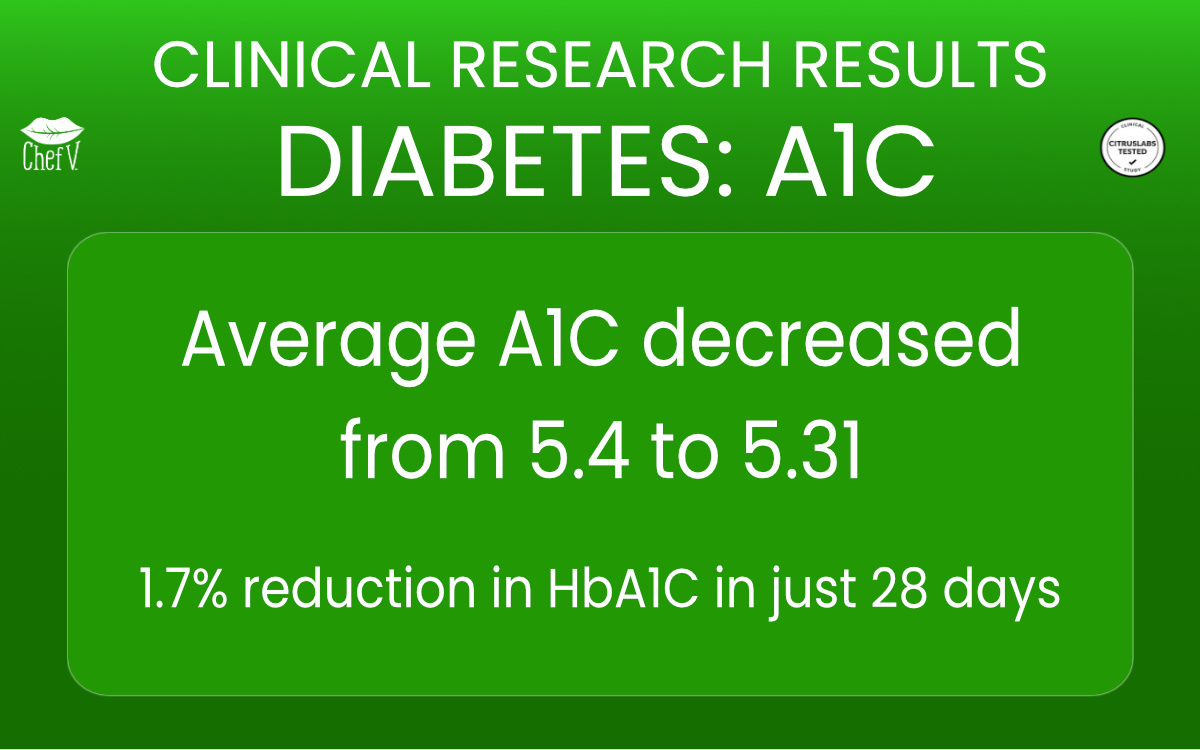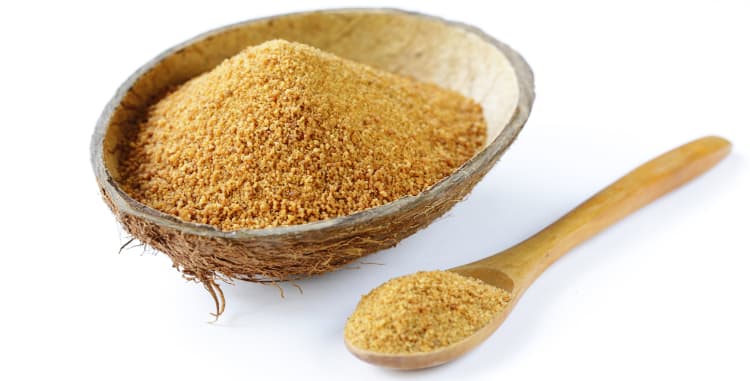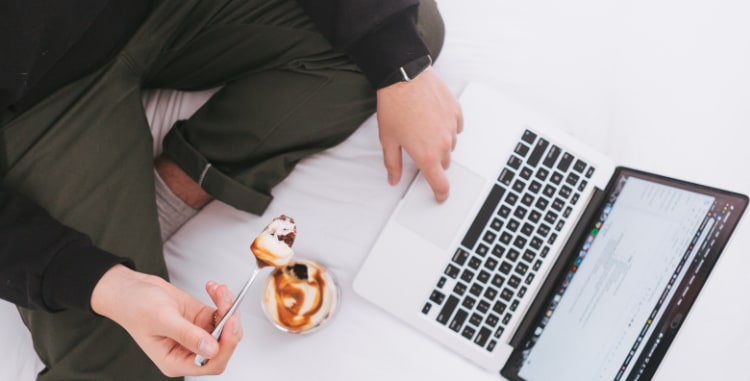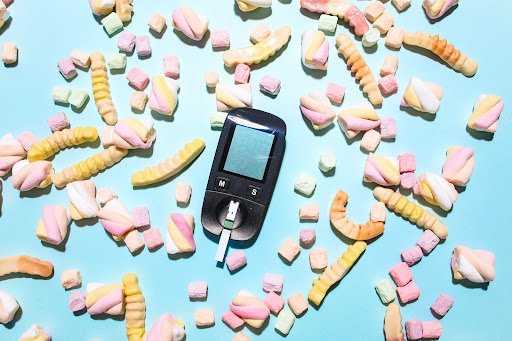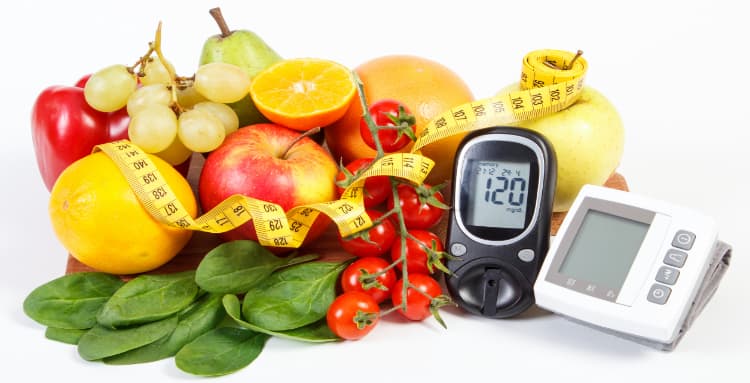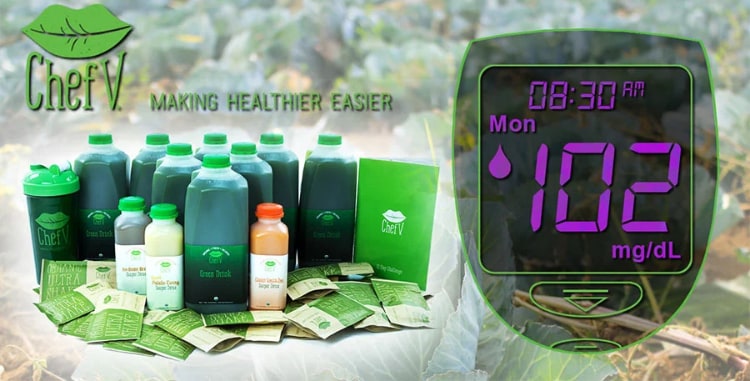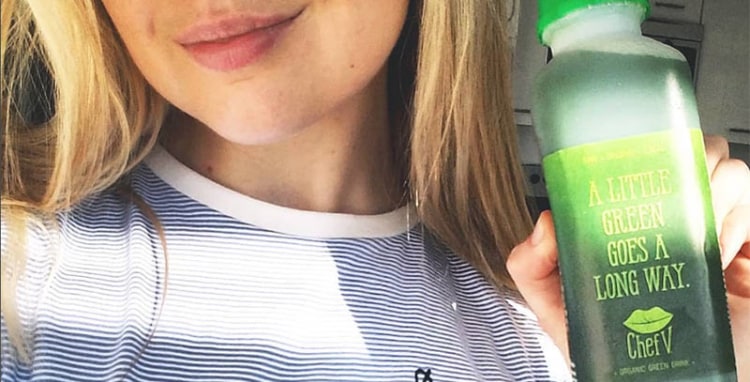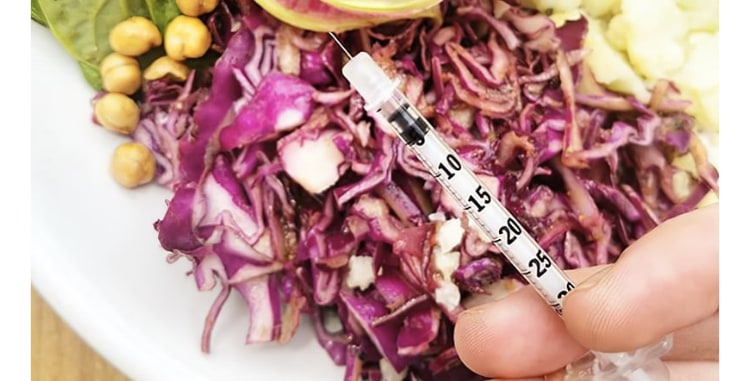If you live with a disease such as diabetes, it’s probably something you come to understand more than you’d want to. But for the rest of us, these diseases can be mysterious. Diabetes is a great example of this, with a lot of misconceptions and oversimplifications floating around.
Most of us nebulously connect diabetes with sugar intake. But can you get diabetes from eating too much sugar? Can a diabetic juice cleanse help you out with this? Since we make low-sugar juice cleanses, we thought we’d help you investigate.
What causes diabetes?
So, the first thing to understand is that not all diabetes is equal. You’ve probably heard of “types” of diabetes. There are two types.
Type 1 diabetes appears to have a genetic origin. It’s an autoimmune disease, which means it affects your immune system. Essentially, what happens is that your immune system starts attacking your own pancreas, hampering its ability to make insulin, the substance that helps regulate blood sugar levels.
Type 2 diabetes is caused by having blood sugar levels that are too high. In response, your body no longer reacts to insulin in the same way, becoming somewhat immune to the effects of the substance. This means the body, like with type 1 diabetes, loses its ability to properly maintain its blood sugar levels.
However, it wouldn’t be accurate to say that one form of diabetes is genetic and the other isn’t. While type 2 diabetes seems to need to be “triggered,” certain people can also be more genetically predisposed to it. If you have a lot of family members with type 2 diabetes, you’re probably more at risk as well.
So, can you get diabetes from eating too much sugar?
Since type 2 diabetes is mostly genetic, we’ll focus on type 2 diabetes here, which has to be triggered. From what we know, it seems a pretty open and shut case. Too much blood sugar can trigger diabetes, so too much sugar must be the main risk factor, right?
Well, it’s not that simple. Blood sugar and sugar aren’t equivalent. Blood sugar is the result of the body’s natural processes in breaking down what is eaten. How it’s managed is also determined by overall health and how active you are.
So while someone who eats a lot of sugary foods might develop type 2 diabetes, it’s not a straight line of causation. Rather, eating a lot of sugar tends to be connected with an unhealthy lifestyle. And a lot of the hallmarks of an unhealthy lifestyle also translate into higher blood sugar levels.
If you’re overweight (especially obese), the extra fat can make it more difficult for your body to process blood sugar. An unhealthy diet full of carbohydrates will also translate into greater levels of blood sugar. And if you aren’t getting enough exercise, it’ll be harder for your body’s natural processes to get rolling.
So, technically, sugar isn’t the direct cause of diabetes. However, if you’re eating a lot of sugary foods, you’re more likely to gain weight, which does put you at a higher risk of developing diabetes. And once you have diabetes, you’ll have to be especially careful around high sugar foods, which can send your blood sugar levels all out of whack.
Get blood sugar under control with a low sugar juice cleanse
Whether you’re trying to get your blood sugar under control to avoid developing diabetes, or you want to help manage your blood sugars as a diabetic, what you eat and drink is vital for long-term health. A low sugar juice cleanse is great in both cases to help you get that blood sugar under control. Of course, many juice cleanses put you at risk of going too far in the other direction.
With Chef V, you can get the assurance you’re getting a fully appropriate diabetic juice cleanse. Our low sugar juice cleanse comes with the detox soups and smoothies you need to maintain great overall health, while still getting your blood sugar under control. Check it out today!
 An independent clinical trial shows that Chef V’s 21 Detox followed by 7 days of continuing with a Green Drink plan significantly lowered HbA1C levels, one of the most important markers of health and longevity.
An independent clinical trial shows that Chef V’s 21 Detox followed by 7 days of continuing with a Green Drink plan significantly lowered HbA1C levels, one of the most important markers of health and longevity.
